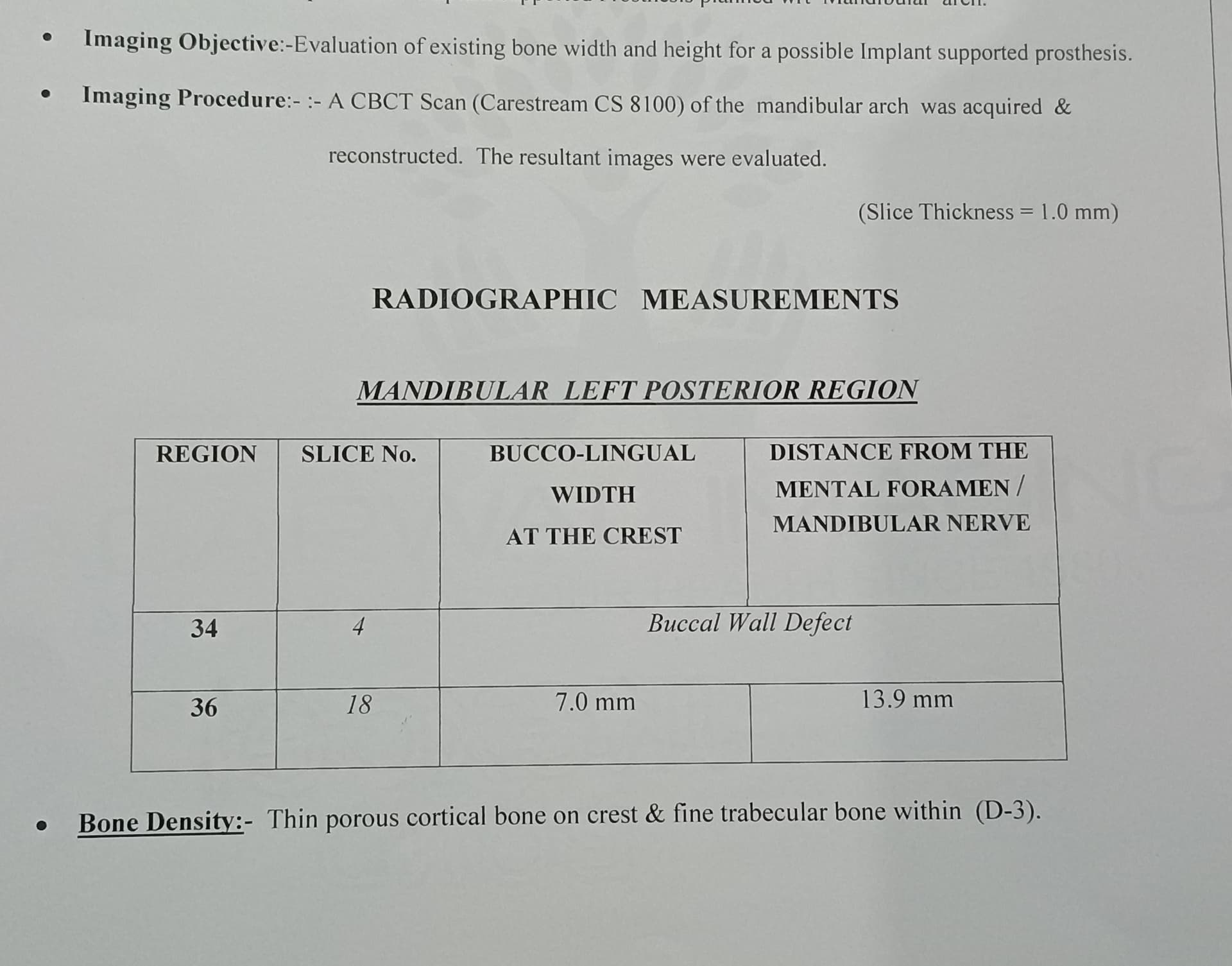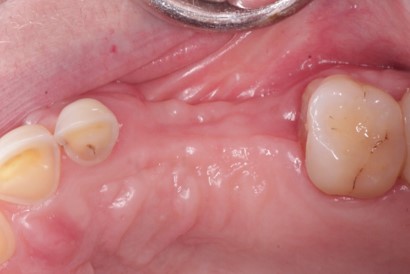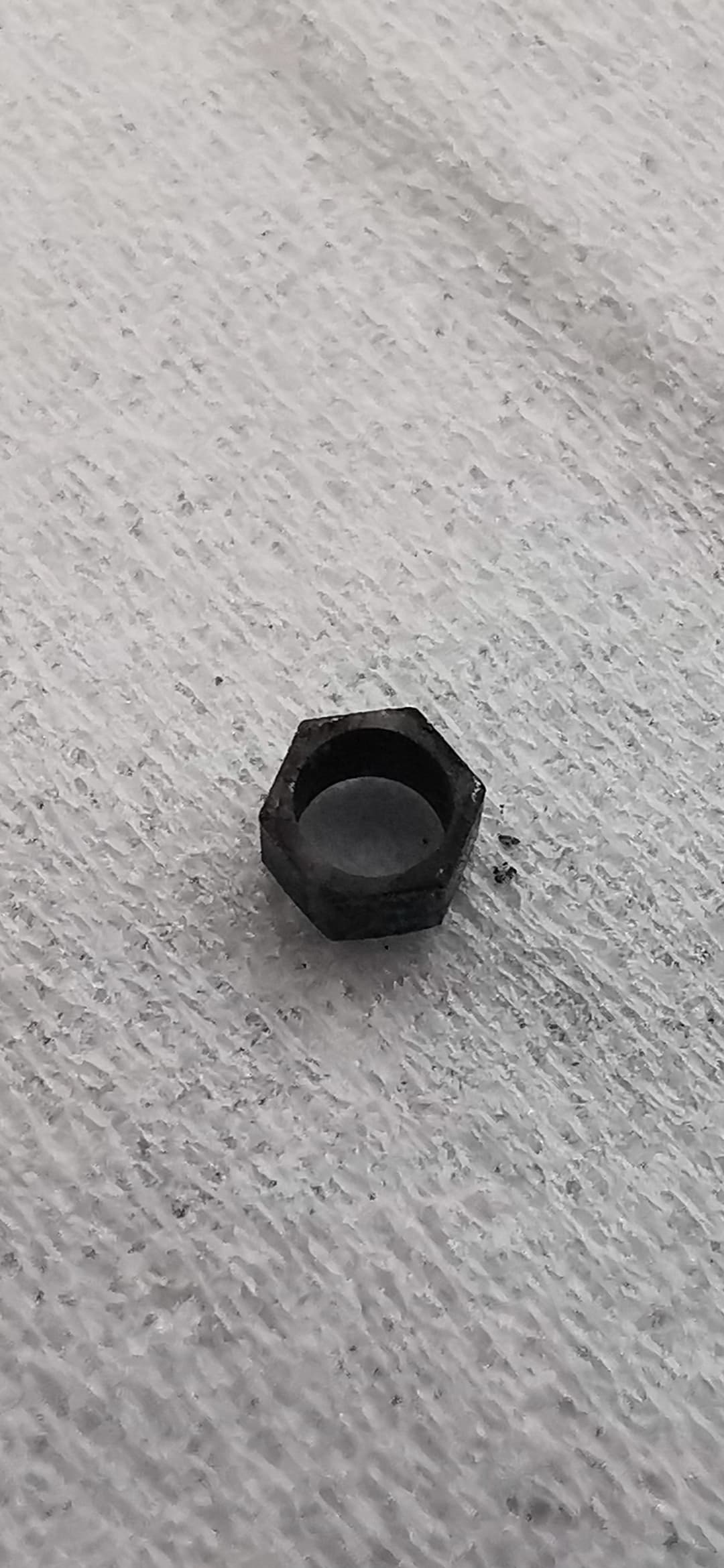Implant close to adjacent tooth: treatment options?
I had my implant installed about 4.5 months ago. Implant was placed immediately after extraction using what my dentist told me is the socket shield technique. It is in place #13 (I think that’s the correct number, also have another one at #4, it’s ok). But, the implant still sometimes feels discomforting. It is stable, and from the side of the mouth it looks good. About a month ago I was advised by doctor to take ibuprofen for about a week in higher dosage and it did help for some time but now I still sometimes “feel” this tooth. I also had my healing exchanged about a month ago, and it really hurt when it was screwed (especially at the end). Today I had a CT Scan and it shows that implant is near to the adjacent tooth. When my doctor saw a CT scan he said that there’s no need to panic and that we should probably go with root canal treatment of the adjacent tooth.
I really like my doctor, but I would like to get some advise on this case.
1. Is root canal treatment of adjacent tooth appropriate in this case?
2. Is there some kind of inflammation going because of the distance between tooth or is it pressing the nerves in adjacent tooth?
3. For last month I had problems with my sinuses. It was really stuffed. The mucus was transparent. Can it be related?
4. I’m also experiencing for last month some discomfort in chest (while fully inhale), It feels like in breastbone, but more like on outside, bones. It could be because on sleeping on sofa for some time in bad positions or can it be related?
I would be really grateful for your opinion.





















